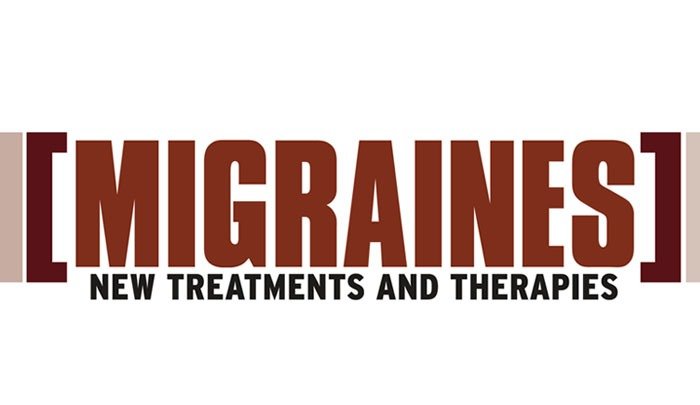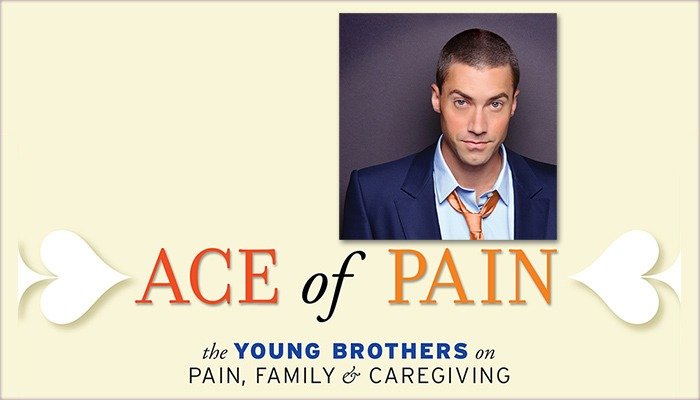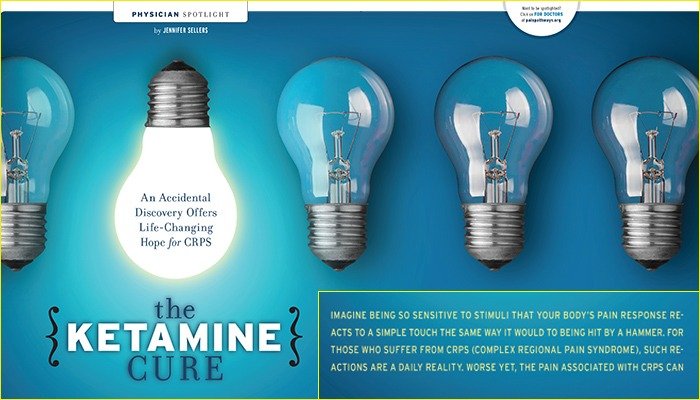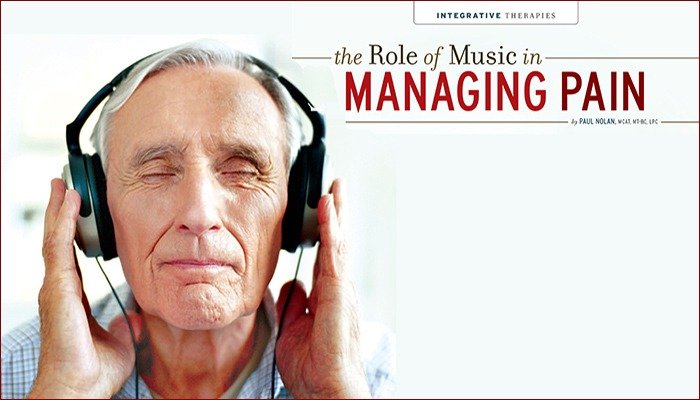Migraines: New Treatments and Therapies

FEW ACHES ARE AS DEBILITATING AS A MIGRAINE. THROBBING PAIN ON ONE OR BOTH SIDES OF THE HEAD IS DREADFUL ENOUGH, BUT WHEN ACCOMPANIED BY NAUSEA, VOMITING, VISUAL AURAS, SENSITIVITY TO SOUND AND LIGHT, DIZZINESS AND OTHER SYMPTOMS, A MIGRAINE ATTACK CAN BECOME UNBEARABLE. AT THE ONSET, MOST SUFFERERS TAKE MEDICATION, SEEK REFUGE IN THE NEAREST DARK, QUIET PLACE AND HOPE THE PAIN WILL SUBSIDE. IT MAY TAKE HOURS, SOMETIMES DAYS.
About 36 million people in the U.S. suffer from migraines, according to the Migraine Research Foundation. Fortunately, due to research advances, there are many treatment options. Specialists and sufferers agree that finding the proper combination of preventive treatment, headache-trigger management and pain-relieving measures is key to effectively managing migraines.
WHAT IS A MIGRAINE?
“What we know is that it is a neurologic phenomenon that starts in the brain stem, and sufferers have a genetic predisposition for it,” says Merle L. Diamond, MD, an internal medicine physician and associate director of Diamond Headache Clinic in Chicago. “If you have one parent with the condition, you have about a 50 percent chance of having it; if both parents have migraines, it’s about a 75 or 80 percent chance.”
Maggie Buckley, 49, of Walnut Creek, California, has lived with migraines most of her life. They first occurred during a family bike ride when she was nine years old.
“I saw an aura, with flashing lights, and I remember having extreme pain and then paramedics appearing over me. I guess I passed out, but I don’t really know,” she says. “I was dizzy and nauseated. They were asking me questions, and I remember someone saying, ‘That sounds like a migraine.’”
Buckley initially managed her migraines, which occurred several times a month, with over-the-counter medication. During college, a doctor prescribed Valium, assuming her headaches were stress-related. Later, a gynecologist prescribed birth-control pills, thinking the migraines might be brought on by hormonal fluctuations.
“It wasn’t until my thirties that I found a neurologist who understood me,” Buckley explains.
For the past five years, Buckley has used Maxalt (rizatriptan) when she feels a migraine coming on. She calls it a godsend.
“If I can catch it in time, the medicine works great,” she said. “I have to lie down, be calm, get some ice and make sure I’m hydrated. I do everything I can to set myself up for success.”
TRIGGERS, SUPPLEMENTS AND ALTERNATIVE THERAPIES
Identifying triggers can be helpful in preventing migraine episodes.
“The most common triggers are lack of sleep, too much stress, skipped meals, dehydration, certain foods like wine, chocolate and cheese, the menstrual cycle, barometric pressure changes and high humidity,” says neurologist Alexander Mauskop, MD, director and founder of the New York Headache Center.
Studies have shown some sufferers to be deficient in magnesium and coenzyme Q10, Dr. Mauskop says, and taking supplements may be beneficial. Research has also shown the efficacy of herbs such as butterbur and feverfew in headache prevention, but they should not be used by pregnant women.
“The issue with herbal products is that there’s no regulation of the manufacturing process. Herbal products can be very effective, but I would use caution,” Dr. Mauskop says, citing a recent case in which an herbal weight-loss product was contaminated with a toxic herb. “Buy your herbal products from well-known companies,” he advises.
Herbal remedies and complementary treatments have helped ease the pain of Gwenn Herman of Potomac, Maryland, whose migraines began after she sustained a neck injury in an auto accident. The 57-year-old social worker and psychotherapist saw multiple doctors for her migraines, which were accompanied by nausea, blurry vision and a loss of balance.
“I called it to the attention of my internist and pain doctors. I tried several different medications, including NSAIDs, but I had all these horrible reactions,” Herman says. She also tried massage therapy and meditation, which helped to some extent, but the treatment that finally changed things for the better was acupuncture.
“I go once a week — it’s like my tune-up. My acupuncturist practices Taiwanese acupuncture and it’s really good for people in chronic pain,” she says. Herman, who is the executive director of the Pain Connection Chronic Pain Outreach Center in Rockville, Maryland, also takes a tincture made from the pulsatilla plant, made for her by an herbalist to combat headaches, and she grows feverfew, which she eats directly from the plant.
MIGRAINE MEDICATIONS
Migraine medications can be classified in two categories: preventive and abortive. Preventive drugs are taken regularly to prevent headaches. Abortive medications are taken when a person feels a headache coming on, in an attempt to stop it.
The first step most migraine sufferers take is to try an abortive over-the-counter analgesic containing acetaminophen, aspirin or an NSAID such as ibuprofen or naproxen. Some migraine formulas also contain caffeine. Physicians caution against relying on analgesics or NSAIDs for extended periods, because they can cause damage to the stomach, liver and kidneys, or cause “rebound headaches,” which may push patients into a harmful cycle of taking larger doses for relief.
People experiencing migraines once a week or more may benefit from abortive prescription medications, and there are many. Ergot alkaloids such as ergotamine (Ergomar), ergotamine combined with caffeine (Cafergot) or intranasal Migranal work by constricting dilated vessels. These medications can cause nausea, so they are often given in combination with other drugs to prevent this side effect. Ergots should not be taken by pregnant women.
Another commonly prescribed family of abortive drugs called triptans target the body’s serotonin receptors and constricts vessels to break the migraine’s pain pathway. These include frovatriptan (Frova), rizatriptan (Maxalt), naratriptan (Amerge or Naramig), sumatriptan (Imitrex or Treximet), zolmitriptan (Zomig), almotriptan (Axert) and eletriptan (Relpax). Side effects may include tingling, drowsiness and throat or chest tightness. Triptans are usually not prescribed for patients who are at risk of stroke or heart attack.
Narcotic analgesics are reserved for migraine sufferers who have not responded well to other medications. These drugs stop pain but do not address underlying physiological issues. Drugs such as Percodan, Demerol, Tylox or methadone may be prescribed, but they are not usually the preferred course of treatment as they can often make migraine outbreaks more frequent and severe.
When a patient experiences migraines 15 times or more per month, the condition is considered chronic, and preventive medications may be in order. According to Dr. Mauskop, preventive drugs may include those used to treat epilepsy, depression and high blood pressure.
Among blood-pressure medications, beta blockers and calcium channel blockers are sometimes used to treat migraines, Dr. Mauskop adds. Tricyclic antidepressants like Elavil (amitryptyline) and selective serotonin reuptake inhibitors (SSRIs) such as Prozac (fluoxetine) have also been shown to help migraine sufferers, as have antiseizure drugs such as Topamax (topiramate) and Depakote (valproate).
Botox, manufactured by Allergan, has been successful for years in preventing chronic migraines via injection and was approved last year by the FDA for this purpose.
“I’ve been using Botox in the treatment of migraines for the past 16 years,” Dr. Mauskop says, “and it’s an extremely safe, major advance in the preventive treatment of migraines.”
Judy Brown, 52, of Nashua, New Hampshire, now receives a course of Botox injections in her head, neck and shoulders every nine weeks to prevent the migraines she has experienced since she was a teenager.
“I think it’s helping,” she says. Keeping a log or “headache diary” is another strategy Brown uses to track triggers, pain episodes and treatments, and she says it helps her communicate effectively with her doctor.
“GlaxoSmithKline just came out with a new mobile phone app for headache sufferers to keep track on their phones as well,” adds Brown, a longtime member of the National Headache Foundation who also facilitates a headache support group.
Dr. Diamond agrees that keeping a headache diary helps both patient and physician. “I have patients send me their diaries the day before they come to see me, so that I can see where they are and know how to direct our conversation the next day,” she says.
Unfortunately, Dr. Diamond adds, many chronic head – ache sufferers go five or ten years or longer without a proper diagnosis. If you’re medicating yourself twice a week for headaches, Dr. Diamond recommends that you talk to your doctor.
“If you had diabetes and waited ten years before you did something about it, you’d probably have developed kidney disease,” Dr. Diamond says. “Think of migraines in a similar fashion. Your kidneys aren’t going to fail because of it, but this disease is definitely affecting the quality of your life, and you should certainly get help to manage it properly.”
PainPathways Magazine
PainPathways is the first, only and ultimate pain magazine. First published in spring 2008, PainPathways is the culmination of the vision of Richard L. Rauck, MD, to provide a shared resource for people living with and caring for others in pain. This quarterly resource not only provides in-depth information on current treatments, therapies and research studies but also connects people who live with pain, both personally and professionally.
View All By PainPathways






